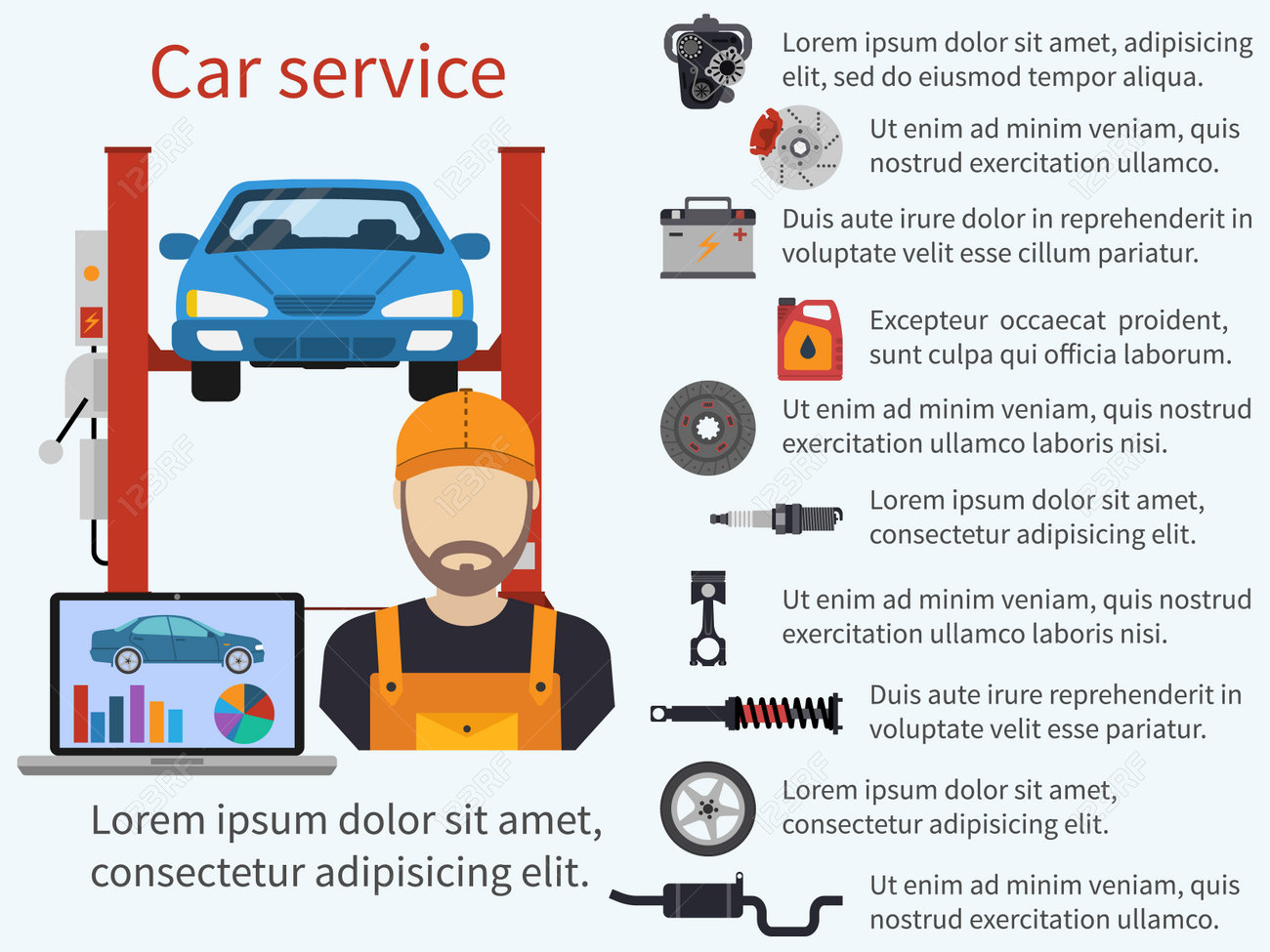Deciphering Your Car'S Warning Indicators: What They Really Signify
Deciphering Your Car'S Warning Indicators: What They Really Signify
Blog Article
Short Article Created By-Vinson Winters
When you lag the wheel, those glowing caution lights on your control panel can be a little bit puzzling. Do you know what they're attempting to inform you regarding your automobile's health and wellness? Recognizing the relevance of these lights is vital for your security and the durability of your lorry. So, the next time among those lights pops up, wouldn't you intend to decipher its message precisely and take the needed actions to resolve it?
Common Warning Lights and Interpretations
Recognize usual warning lights in your car and recognize their definitions to make certain risk-free driving.
The most typical caution lights include the check engine light, which indicates concerns with the engine or discharges system. If this light comes on, it's important to have your vehicle examined promptly.
The oil stress warning light indicates reduced oil pressure, needing instant focus to prevent engine damage.
A flashing battery light could suggest a damaged charging system, potentially leaving you stranded otherwise addressed.
The tire pressure surveillance system (TPMS) light informs you to low tire stress, impacting lorry stability and gas performance. Overlooking this could lead to unsafe driving conditions.
The abdominal muscle light suggests a trouble with the anti-lock stopping system, endangering your ability to stop quickly in emergencies.
Lastly, the coolant temperature advising light warns of engine getting too hot, which can lead to severe damages if not fixed swiftly.
Understanding these usual warning lights will help you deal with concerns quickly and maintain risk-free driving conditions.
Value of Prompt Interest
Comprehending the common warning lights in your cars and truck is only the initial step; the value of without delay addressing these warnings can't be emphasized enough to guarantee your safety and security when driving.
When click this link here now illuminates on your dashboard, it's your vehicle's method of interacting a prospective issue that requires interest. Neglecting https://zanevqkfz.dailyhitblog.com/35380148/the-ultimate-newbie-s-guide-to-describing-your-auto-in-just-one-hour can bring about more serious troubles down the road, jeopardizing your safety and security and possibly costing you more in repairs.
Trigger focus to cautioning lights can avoid breakdowns and mishaps. As an example, a flashing check engine light can indicate a misfire that, if left unattended, might trigger damages to the catalytic converter. Resolving this without delay can conserve you from an expensive repair.
In a similar way, a brake system advising light could indicate reduced brake liquid or worn brake pads, vital components for your safety when driving.
Do It Yourself Troubleshooting Tips
If you see a caution light on your control panel, there are a couple of do it yourself fixing suggestions you can try prior to looking for specialist aid.
The primary step is to consult your car's manual to comprehend what the details warning light shows. In some cases the concern can be as easy as a loose gas cap triggering the check engine light. Tightening up the gas cap may solve the issue.
One more typical problem is a reduced battery, which can set off numerous alerting lights. Examining the battery connections for corrosion and ensuring they're safe could fix the trouble.
If a warning light persists, you can attempt resetting it by disconnecting the automobile's battery for a couple of minutes and then reconnecting it. In addition, checking your automobile's liquid levels, such as oil, coolant, and brake liquid, can assist troubleshoot warning lights connected to these systems.
Final thought
Finally, understanding your vehicle's caution lights is necessary for maintaining your vehicle running smoothly and securely. By quickly dealing with these alerts and understanding what they imply, you can stay clear of costly repair work and prospective breakdowns.
Bear in mind to consult your cars and truck's guidebook for certain details on each advising light and act accordingly to guarantee a trouble-free driving experience.
Remain informed, stay risk-free on the road!
